Foraging in Central Park - May 30, 2005
Based on a tour given by "Wildman" Steve Brill in Central Park, Manhattan.
1: Wild Ginger. This too close to the road. Only the roots edible.
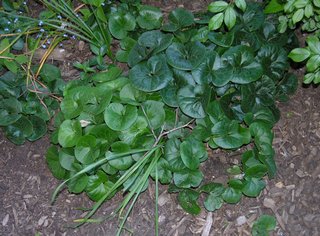
2: Pineapple weed
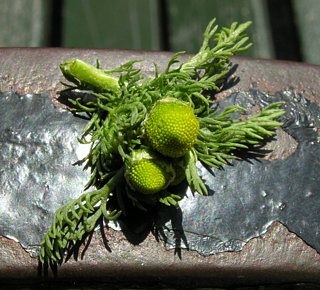
3: Common spice bush. Leaves in tear drip shape. Use leaves for teas. Note smooth edges on leaves. Has red berries in the Fall. Like allspice.
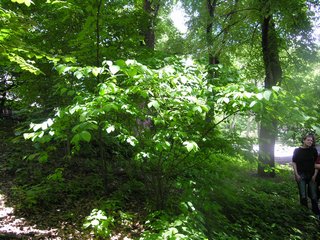
4: Arrowroot. With duckweed on the lake surface.
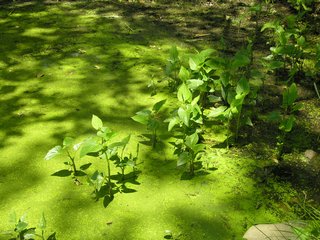
5: Arrowroot closeup
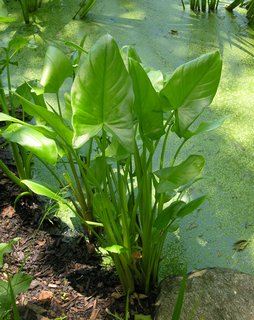
6: Cattail. Stems are round, not flat like poisonous iris. Anything tender you can eat. Cook or eat raw. Seeds collectable only for two weeks in mid-June.

7: Jewelweed. Cattails in the background
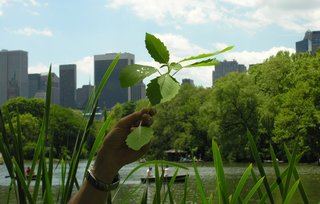
8: Jewelweed closeup. See the water bead into jewels.
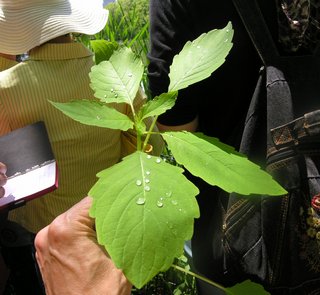
9: Indian strawberry. Edible, but tasteless.

10: Indian strawberry closeup. Edible, but tasteless.
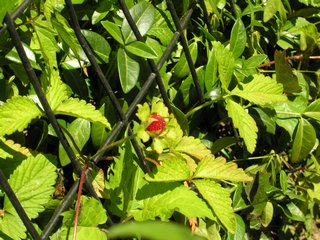
11: Sheep sorrel. Leaves are better than flowers.
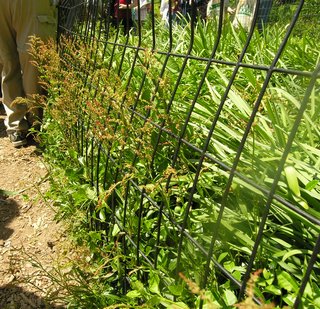
12: Blueberries
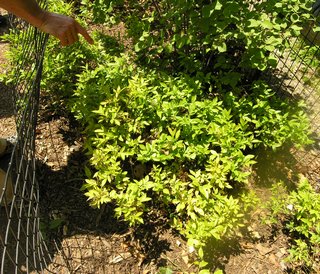
13: Lamb's quarters
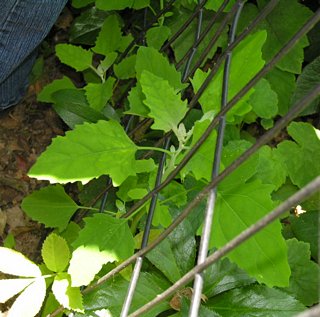
14: May apple
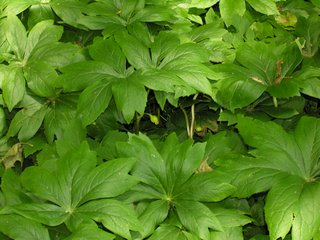
15: Wineberries. Stems are round.
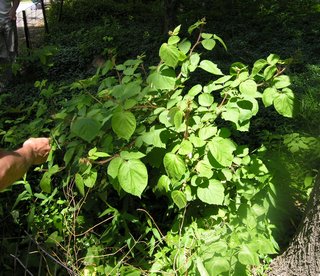
16: Poison ivy. Ground type.
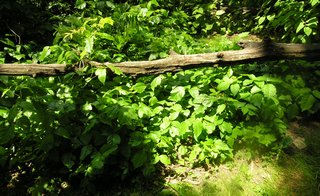
17: Poison ivy. Climbing type.
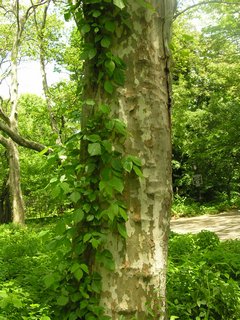
18: Burdock. Dana dug one up.
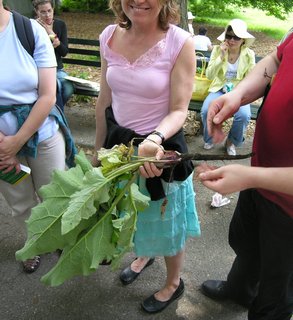
19: Wild chervil or honewart. Good in soups. Use like parsley. Smaller leaves better.
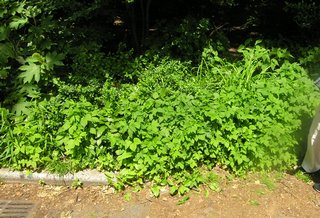
20: Wild chervil or honewart. Leaves closeup.
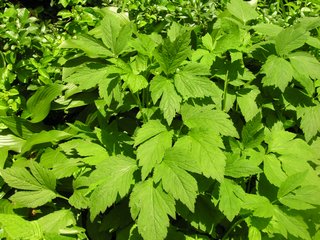
21: Violets
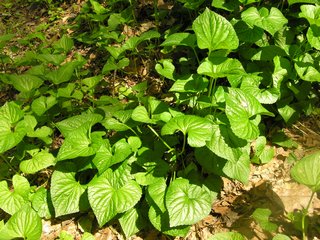
22: White snakeroot. Wildman pretends to eat some.
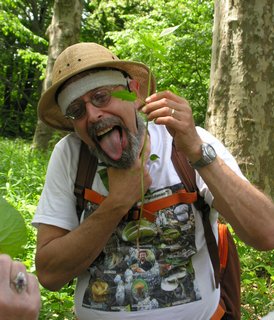
23: White snakeroot. In situ.
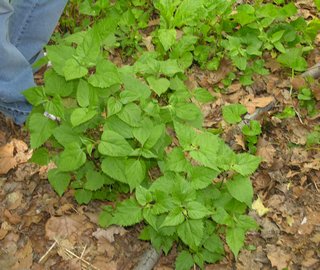
24: Mugwort
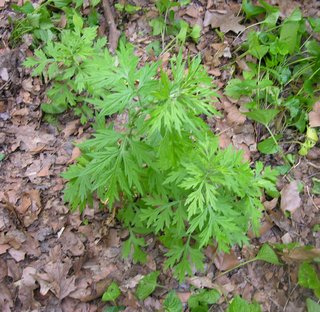
25: Pokeweed
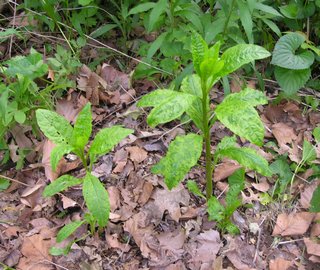
26: Blackberry
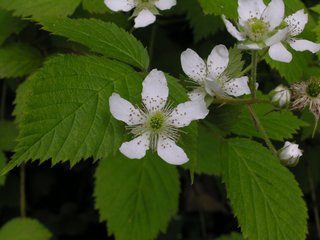
27: Eggs
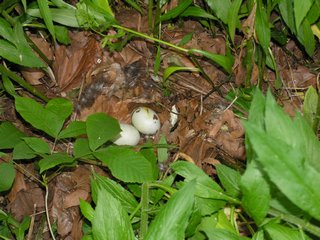
28: Black raspberry

29: Field onion bulb

30: Wood sorrel. With violets and other things mixed in.

31: Sassafras. Three types of leaves.
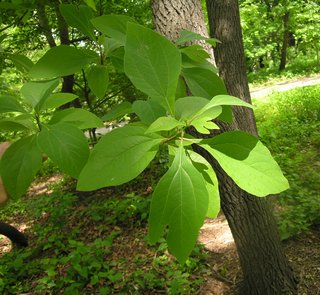
32: White clover. American red clover is European.
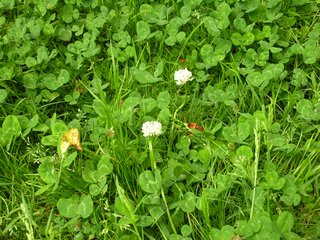
33: Ground ivy. Tea only.
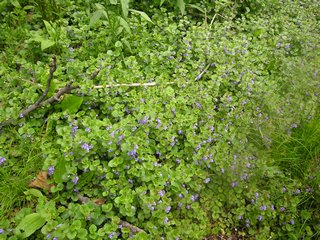
34: Greenbrier. Smaller leaves edible.

35: Hawthorne. This is thornless variety.
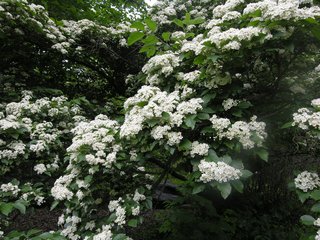
36: Hawthorne. Flowers closeup.
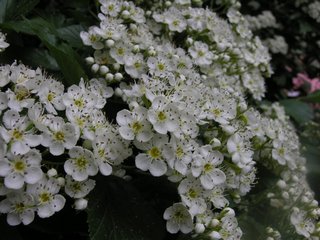
37: American persimmon. No flowers.
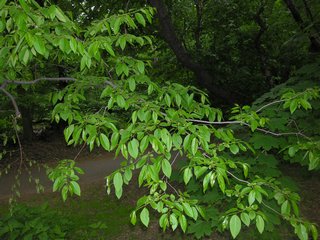
38: Garlic mustard, second year

39: Black locust flowers. Only in season a few weeks. Only flowers edible. Rest is poisonous.
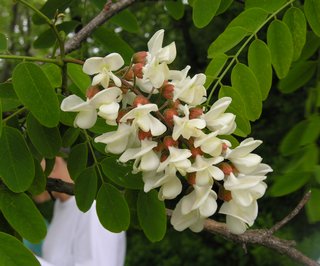
40: Black locust tree

41: Japanese barberry. Only light green leaves edible. Berries taste awful. Short season. Have to be careful of thorns.

42: Guilder rose, a.k.a. cramp bark. Berries too bitter.
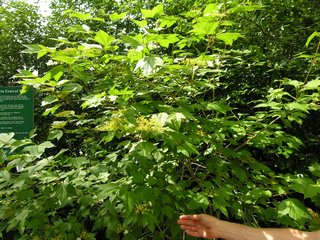
43: Spike. Must have long neddles. Can break up needles and make tea. That's a house sparrow sitting on the branch. [Needs better name.]

44: Epazote. Use in bean dishes or tomato sauce. Small quantities.
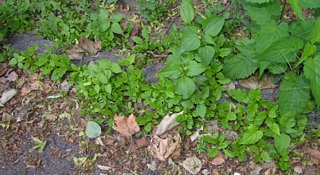
45: Paulownia tree. Not edible.
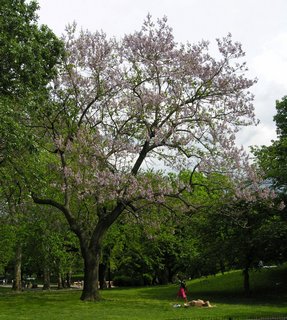
© Don Wiss 2005-2024. All rights reserved.





